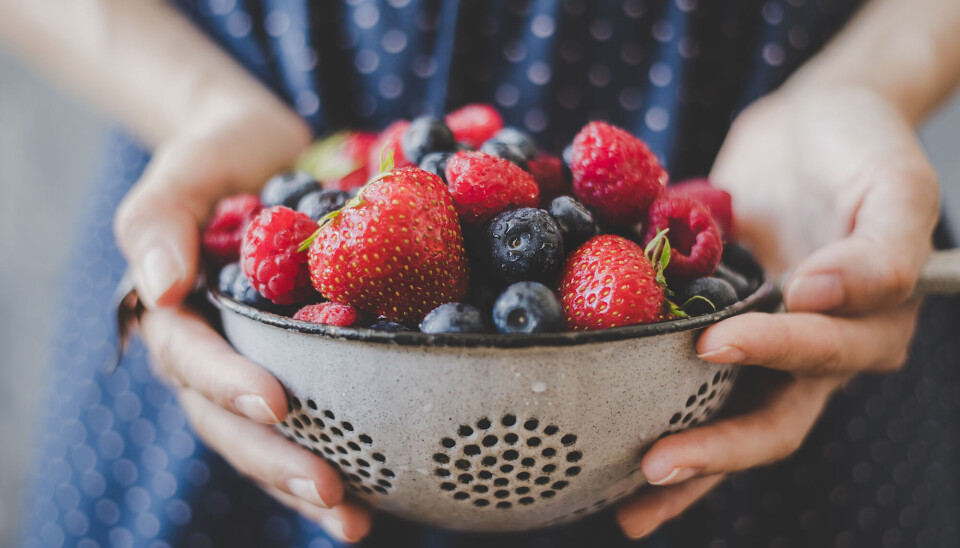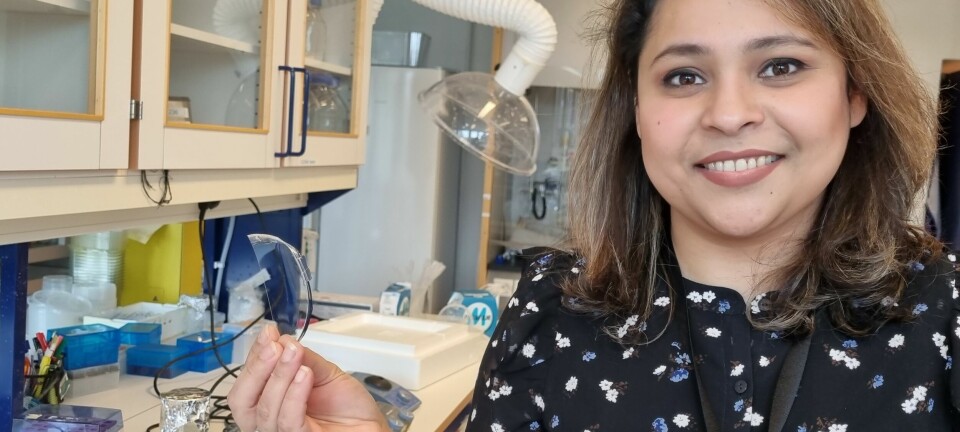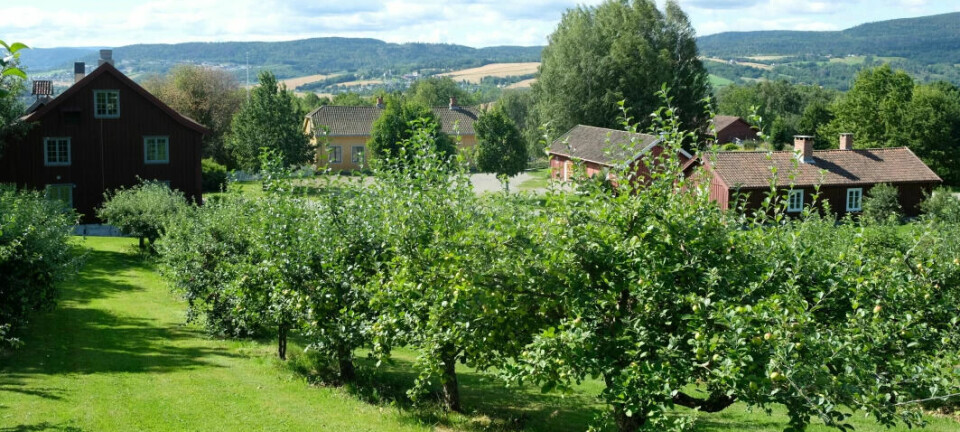
This way of washing your summer berries removes the most parasites
Isn’t it enough to just rinse them in water? Researchers have done some tests and found some answers.
Berries need to be washed before you eat them.
One reason for this is that strawberries, raspberries, blueberries, and other berries may have a number of parasites on their surfaces that you definitely don’t want to ingest. We’re talking food poisoning, vomiting, and diarrhoea, NMBU write in a press release.
Worldwide, parasites in food are a big problem, with 90 million cases of food poisoning, and 50,000 deaths per year, NMBU writes.
A Norwegian study from 2022 calls for a “system to ensure the parasitological safety of fresh berries.”
The stores that sell them cannot wash the berries for us, as they are too delicate for that sort of mechanical washing. Also, once washed, their shelf-life is reduced.
Researchers at NMBU infected berries with three different parasites and tested three different ways of rinsing them.
The good news is: water does most of the job.
Rinsing berries in cold water for one minute removed a large portion of the parasites.
But there are ways of ensuring you remove more.
Exposed berries to three parasites
The researchers exposed their berries – more specifically blueberries and raspberries – to three different parasites: Cyclospora cayetanensis, Cryptosporidium parvum, and Giardia duodenalis.
If you are unlucky enough to ingest any of these, prepare for an ill stomach, stinky farts, cramps, vomiting and so on, for a short while, or for a long time.
“A number of parasites can cause trouble in our stomachs, but these three were chosen because they can withstand a lot. So if you manage to remove these parasites from your berries, then that means you have removed most of the others as well,” the press release states.
Water, vinegar and a salad spinner
The berries where then rinsed in three different ways:
1: WATER – rinsed in a sieve under running cold water for one minute. The sieve was moved gently during the rinse, so all the berries were covered in water. After the rinse, the sieve was shaken to remove excess water.
2: VINEGAR – The berries were placed in a bowl with one part vinegar and three parts water, and carefully swished around. Then the berries were rinsed in a sieve under running water for 30 seconds, as described above.
3: SALAD SPINNER – The berries were placed in a salad spinner filled with cold water and rinsed by hand for one minute. The water was then removed, and the berries were spun for ten seconds in alternate directions to remove excess water.
The results?
A good water rinse removed at least 80 per cent of C. parvum and G. duodenalis, but only 35 per cent of Cyclospora cayetanensis.
The two other methods removed 80 per cent of all three parasites.
The methods were more efficient for blueberries than raspberries.
“The conclusion is that cold water removes a lot, but rinsing with vinegar or using the salad spinner removed even more,” NMBU writes.
Reference:
Temesgen et al. Removal of Parasite Transmission Stages from Berries Using Washing Procedures Suitable for Consumers, Foods, 2021. DOI: 10.3390/foods10020481
------





































